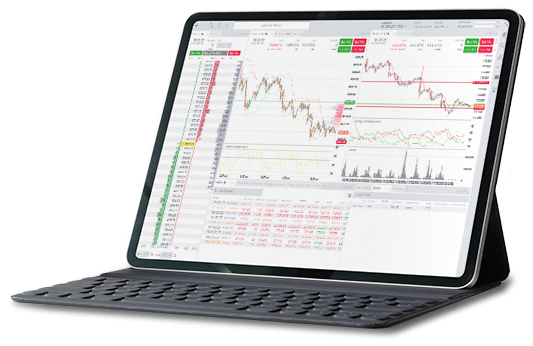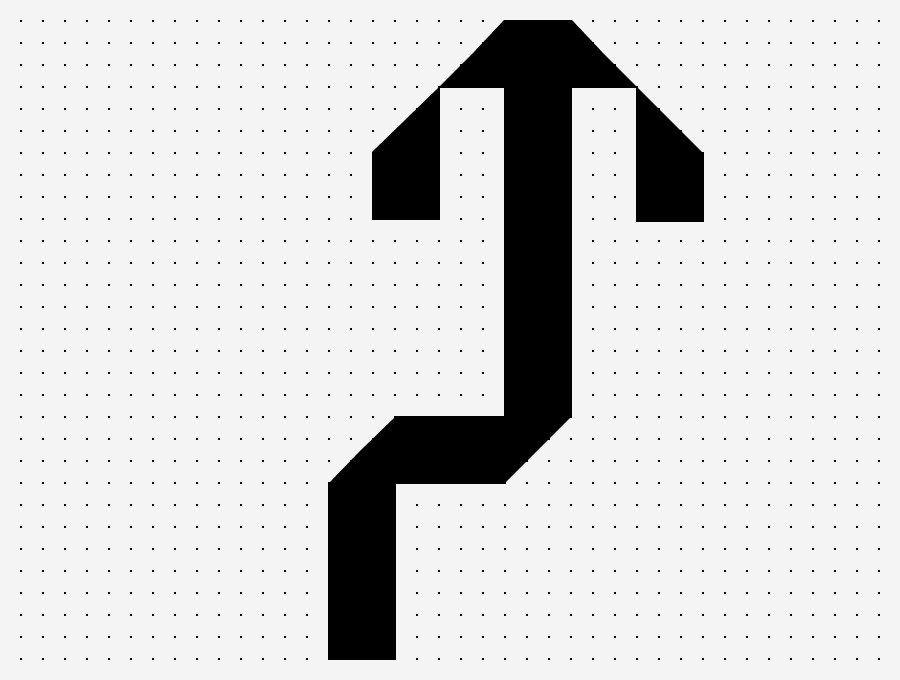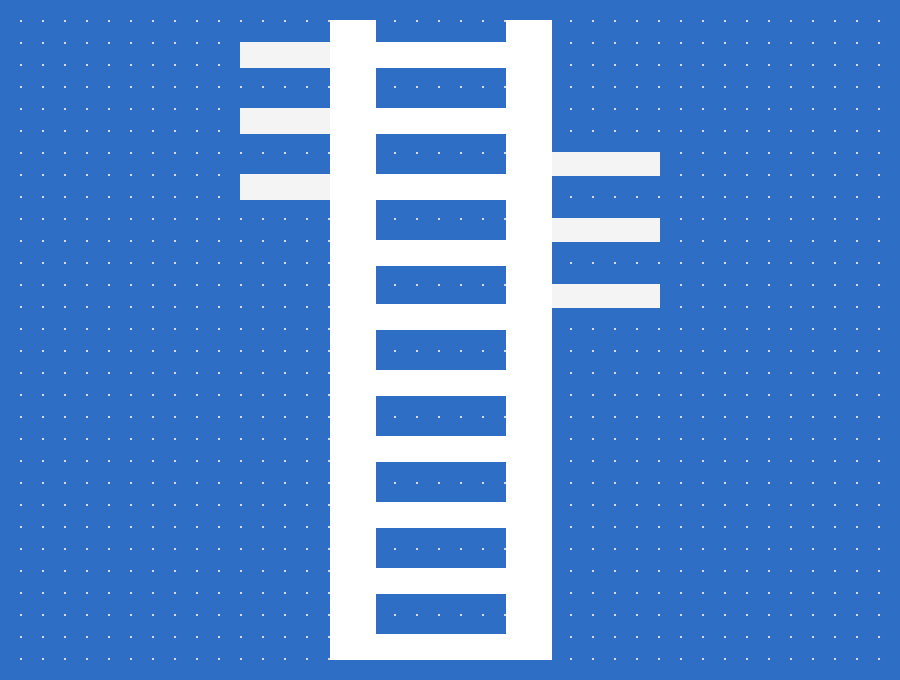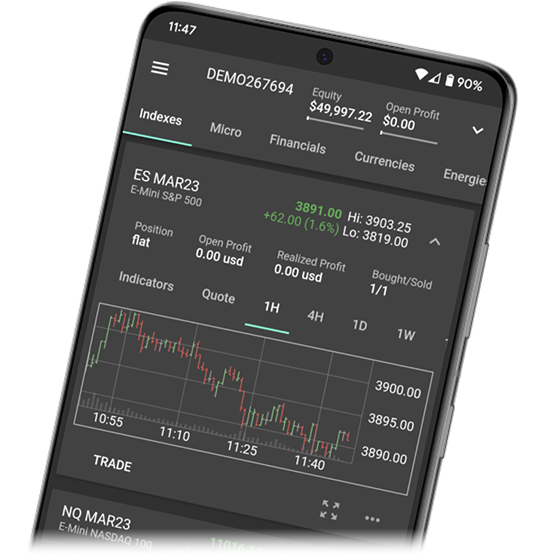What Are E-Mini Nasdaq Index Futures?
The E-mini Nasdaq 100 is a stock market index that represents 100 of the largest non-financial companies listed on the Nasdaq stock exchange. While heavily weighted toward the technology sector, it also includes companies from industries such as retail, biotechnology, healthcare, and others.
Launched in 1985, the Nasdaq 100 index gained popularity in the 1990s dot-com tech bubble. As a weighted market capitalization index, larger companies included in the index have a greater effect on the price than smaller included companies.
Why trade E-Mini Nasdaq 100 Index Futures?
E-Mini Nasdaq 100 index futures (contract symbol = NQ) are one of the most actively traded stock indexes in the world.
Reflecting performance for some of the most influential technology companies in the world, the larger Nasdaq 100 can be an important benchmark and measurement of the global economy. Its companies are on the cutting edge of research in many areas that benefit our lives every day. Notable stocks include Adobe, Alphabet (Google), Amazon, Apple, Facebook, Microsoft, Netflix, Nvidia, and Tesla. Technology stocks can often experience wide swings in prices and volatility which can provide unique opportunities for futures traders. Trading E-mini Nasdaq 100 index futures allows you to:
Speculate on combined price of 100 highly influential tech companies
Trade standard or Micro E-mini contract sizes for increased trading flexibility
React quickly to trading opportunities hours before the US stock market opens
Hedge a stock portfolio against potential market declines

Trade Micro E-mini Nasdaq 100 index futures to reduce costs
At 1/10th the size of the standard E-mini contract, Micro E-mini futures allow traders to access the highly liquid equity index futures markets with reduced costs and margins as low as $50. Other advantages of trading these bite-sized Micro E-mini Nasdaq 100 futures include:
- Access to the most popular and liquid futures contracts
- Highly leveraged markets for more buying power*
- Start with a smaller account vs. the full-size E-mini contract
- Increased flexibility for better position management
Micro Nasdaq E-mini futures contracts provide an ideal entry point for new futures traders to start small and scale up as you become more comfortable in the live markets.
*Leverage also increases the risk associated with futures trading and only risk capital should be used for trading

Who trades E-mini Nasdaq index futures?
E-mini Nasdaq 100 futures traders can be broken down into three main groups:
- Commercial traders in the major market stock index futures like the Nasdaq 100 are typically trading index futures to hedge their price risk on a large portfolio of stocks. These traders are typically large banks, pension funds, mutual funds, or other institutional investors.
- Large professional speculators are typically speculating on the price movement of the futures contract. Typically, commercial traders and large speculators make up 80% or more of the daily trading volume in E-mini Nasdaq 100 index futures.
- Self-directed retail traders make up the remaining daily trading volume in E-mini Nasdaq 100 index futures. Like large professional traders, they are typically speculating only on the price movement of the futures contract.
What Impacts The Price Of E-Mini Nasdaq Index Futures?
Although the E-mini Nasdaq 100 index futures market is made up of 100 large stocks, the top 20 stocks can account for over 50% of the price action each day. This means that earnings and news events in any of these top key component stocks can have a larger disproportionate effect on the index price. These factors include:
Macroeconomic Factors
Economic indicators such as GDP growth, inflation rates, and employment data can have a significant influence on market sentiment and investor confidence. Positive economic data, such as strong GDP growth or declining unemployment rates, can drive prices for the E-mini Nasdaq 100 index futures higher; negative economic data can lead to a decline in prices as investors become more cautious and risk-averse.
Interest Rates and FED Policy
Changes in interest rates and monetary policy decisions can also impact the price of Nasdaq 100 index futures. When interest rates are low, they can stimulate borrowing and investment, which tend to boost stock prices. On the other hand, when interest rates rise, borrowing becomes more expensive, potentially reducing economic activity and causing stock prices to decline.

Intro To Technical Analysis
Learn to leverage technical analysis to target futures trading opportunities and identify trends using chart types, indicators and more.

Develop The Trader In You
Get started on your path to learn how to trade futures through our introductory video series outlining the first steps in your trading journey.

Risks of E-mini Nasdaq Index Futures Trading
Similar to other equity index futures contracts, the primary risk of trading E-mini Nasdaq 100 index futures or Micro E-mini Nasdaq 100 futures is that the price will go against the trader’s position. Using appropriate trade sizing for your account size and having a robust risk management plan that includes stop losses or a trailing stop can help limit your financial exposure.
Many factors can influence the price of E-mini Nasdaq futures in the short-term and long-term including changes in interest rates, economic reports, and changes in the US central bank (Fed) policy. Following key news and announcements is critical as these events can move the major stock market indexes significantly.
As many stock indexes are highly correlated to the E-mini Nasdaq 100, it is a good idea to track the other highly active futures markets including the E-mini S&P 500 index futures, the E-mini Dow index futures, and the E-mini Russell 2000 index futures.
Tips to keep in mind especially for newer futures traders include:
- Practice in a futures trading simulator that reflects live market conditions until you prove to yourself that you are comfortable with the market swings. Then, when you start trading with real dollars, trade small to start, and work your way up.
- Build a well-defined futures trading plan including clear entry and exit criteria, analysis of market conditions, and a schedule for when you are and are not going to trade.
E-Mini Nasdaq Index Futures Contract Specifications
The E-mini Nasdaq 100 index futures contracts are standardized exchange-traded contracts that represent the value of 100 of the largest stocks traded in the US. The value for a 1-point move in the standard contract is $20 or $2 for the 1/10 size micro contract.
Retail traders typically buy and sell the E-mini Nasdaq 100 index futures contracts to speculate if the price will go up or down. Major market index futures contracts are cash settled at expiration. You can trade the E-mini Nasdaq index futures on the 24-hour electronic CME Globex system.
| Standard Contract | Micro Contract | |
|---|---|---|
| Symbol | NQ | MNQ |
Exchange | CME Globex | NYMEX / CME |
| Contract point value | $20 USD | $2.00 USD |
| Minimum price fluctuation | .25, (20 * .25 = $5.00 per contract per-minimum move) | .25, (2 * .25 = $0.50 per-contract per-minimum move) |
| Trading hours | Sunday 6:00 p.m. ET to Friday 5:00 p.m. ET | Sunday 6:00 p.m. ET to Friday 5:00 p.m. ET |
| Listed contracts | Quarterly: March(H), June(M), September(U), December(Z) - 9 Quarters Out and 3 Additional December Contracts | Quarterly: March(H), June(M), September(U), December(Z) - 5 Quarters Out |
| Expiration style | 3rd Friday of every listed contract month. There is not a first notice date for this contract. | 3rd Friday of every listed contract month. There is not a first notice date for this contract. |
| First notice date | Not applicable | Not applicable |
| Settlement | Financially settled | Financially settled |
| Additional Specifications | View all from CME Group | View all from CME Group |

Become a E-mini Nasdaq index futures trader today
Ready to start trading E-mini Nasdaq futures or Micro E-mini Nasdaq 100 futures? NinjaTrader is here to support you. With award-winning features and daily premium market commentary with industry pros, NinjaTrader equips you with the analytical tools you need—such as advanced charting and unlimited simulation trading—to embark on your trading journey.
